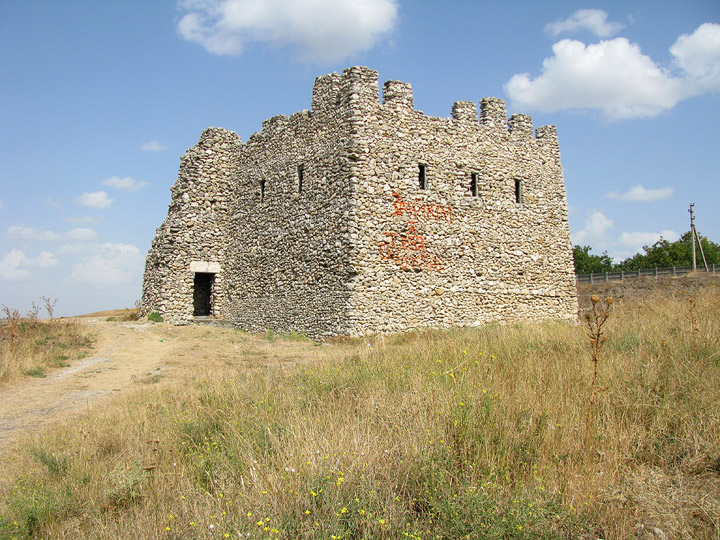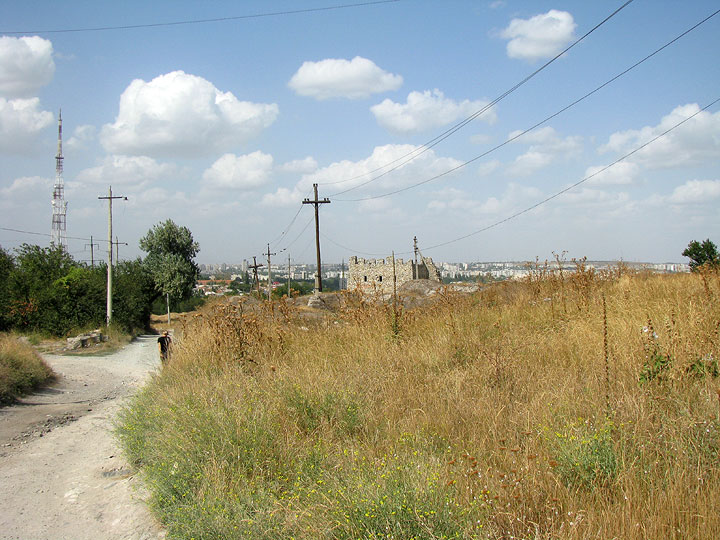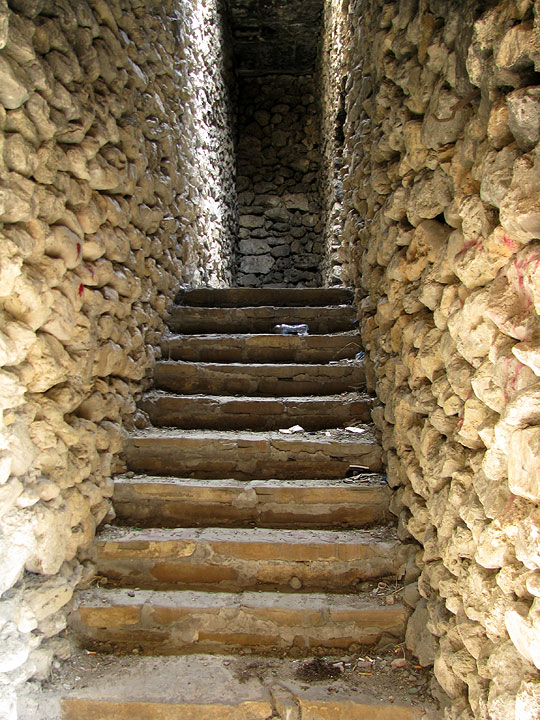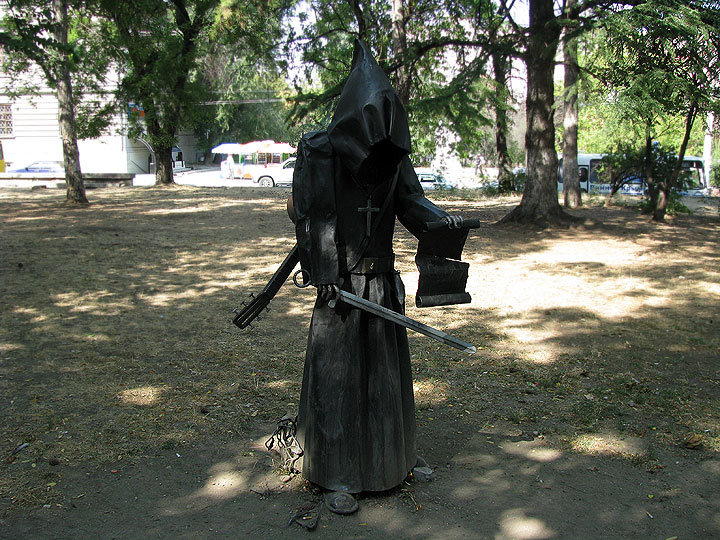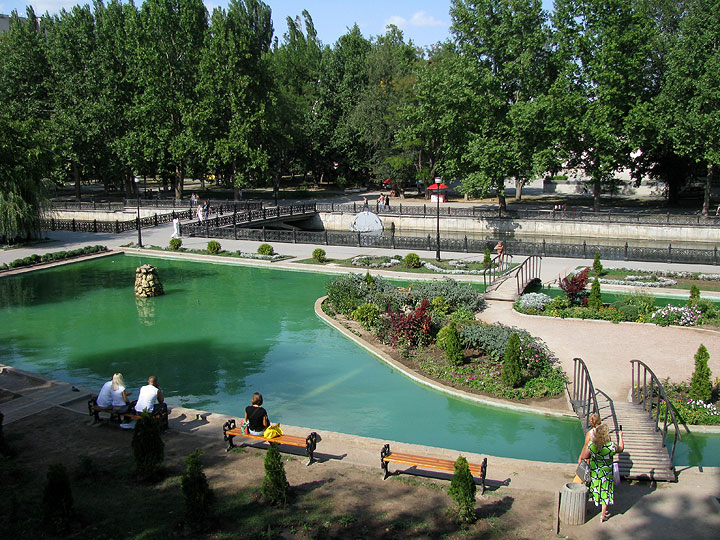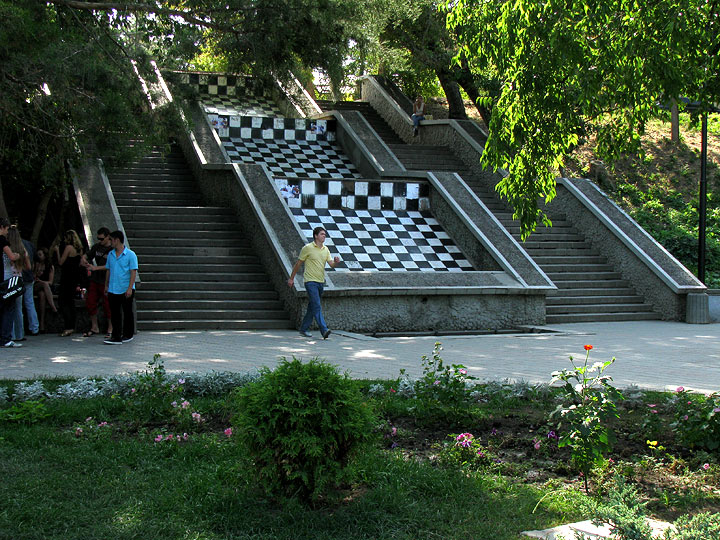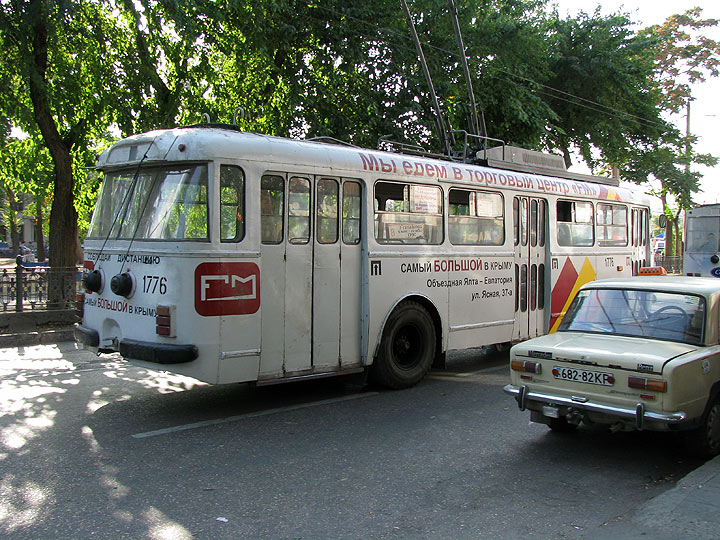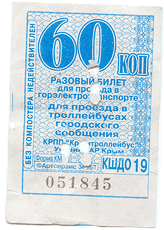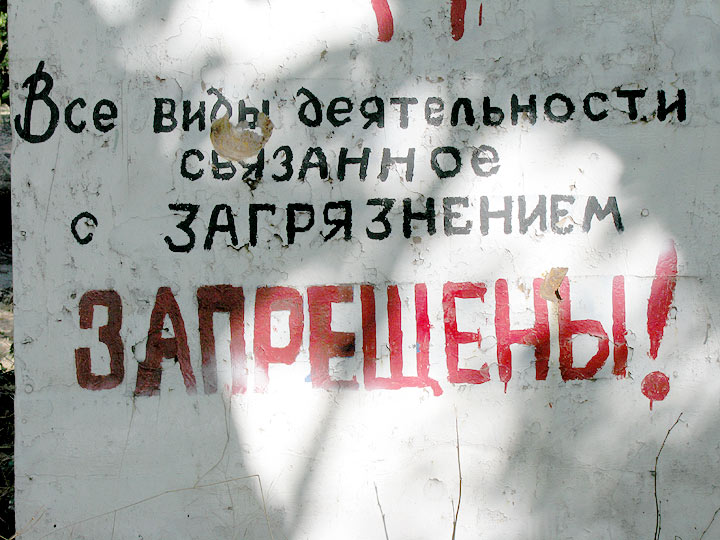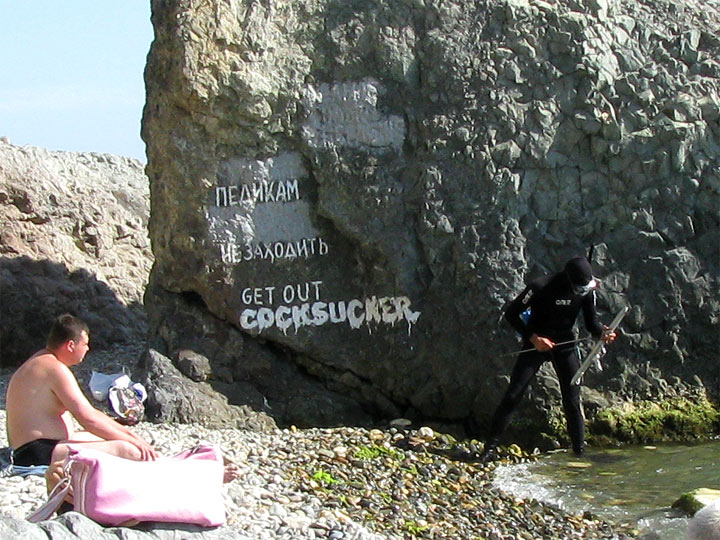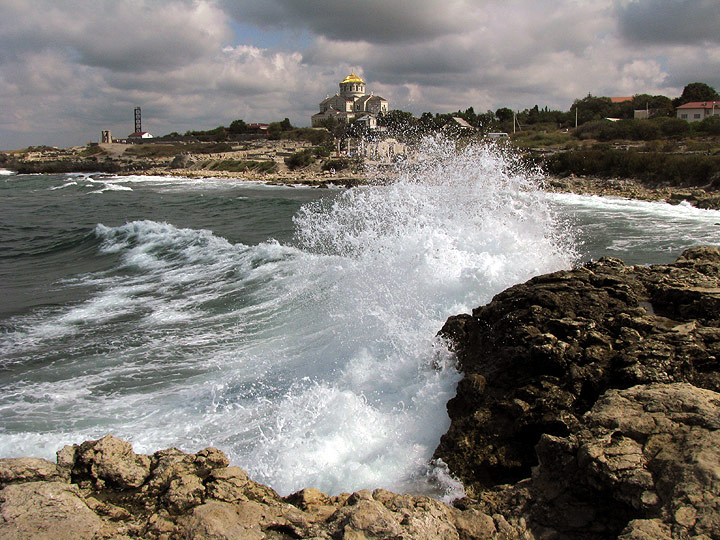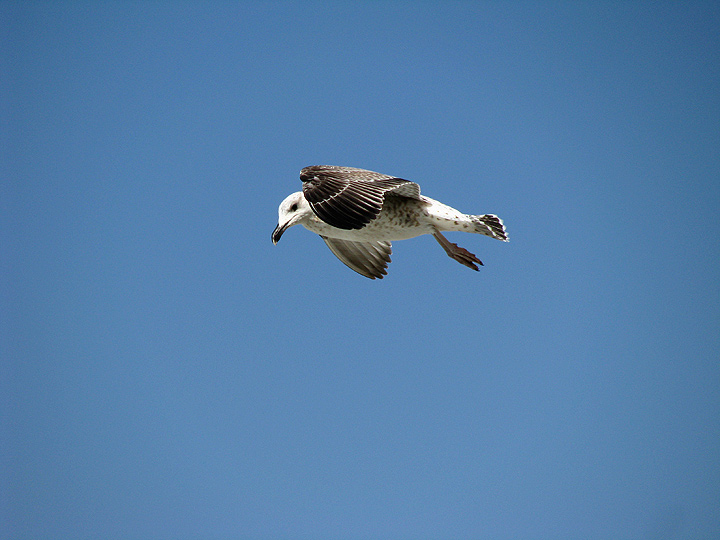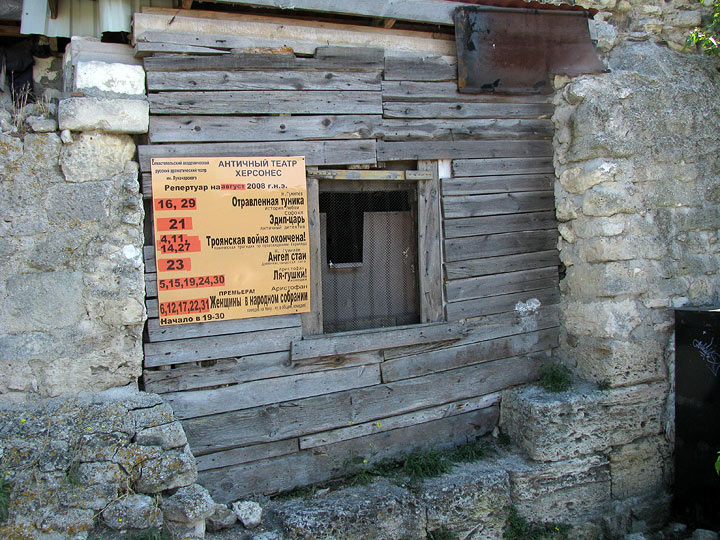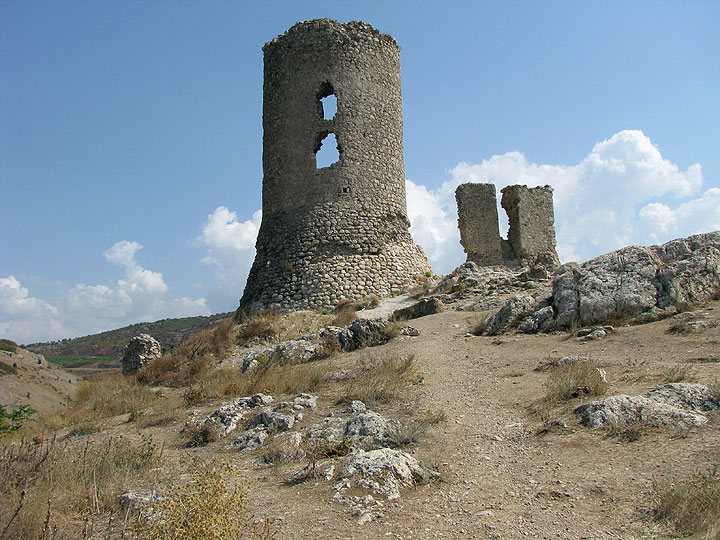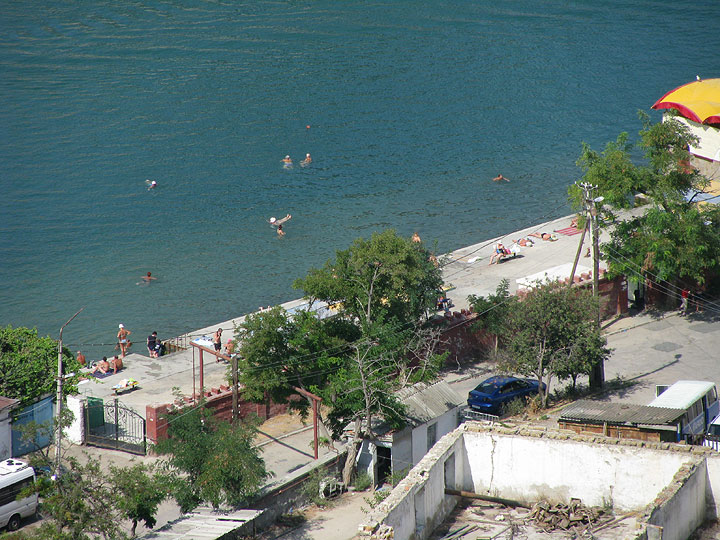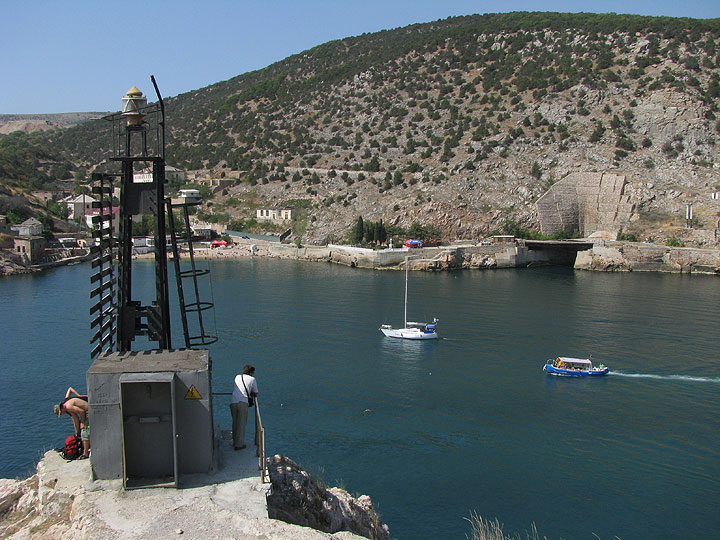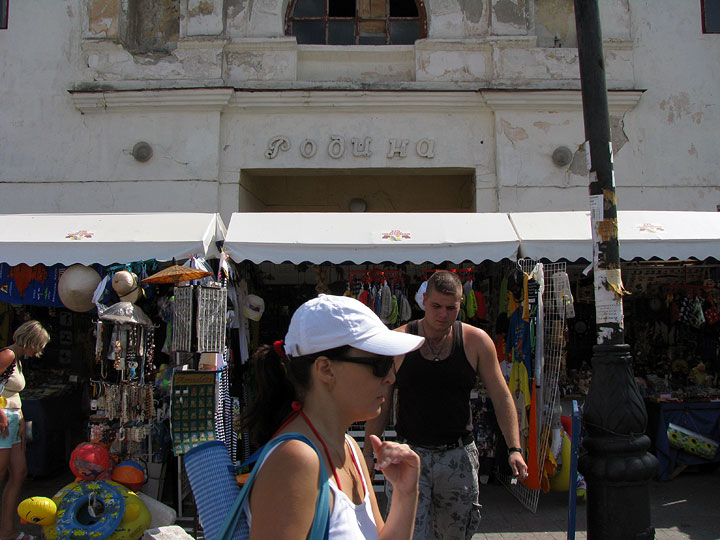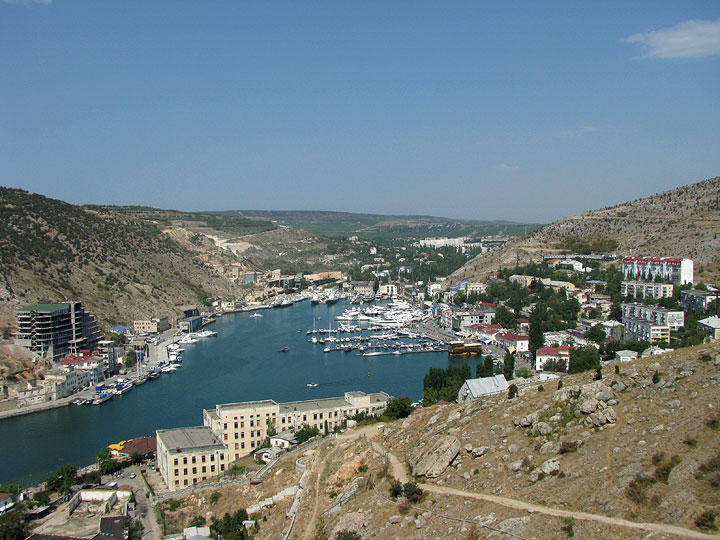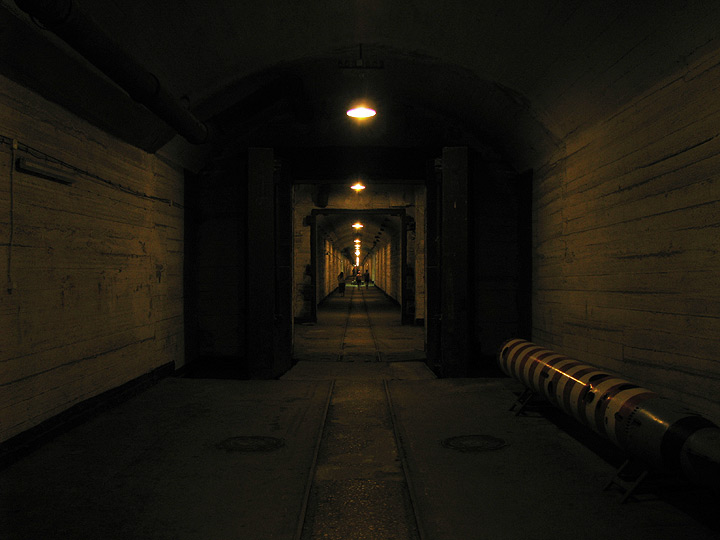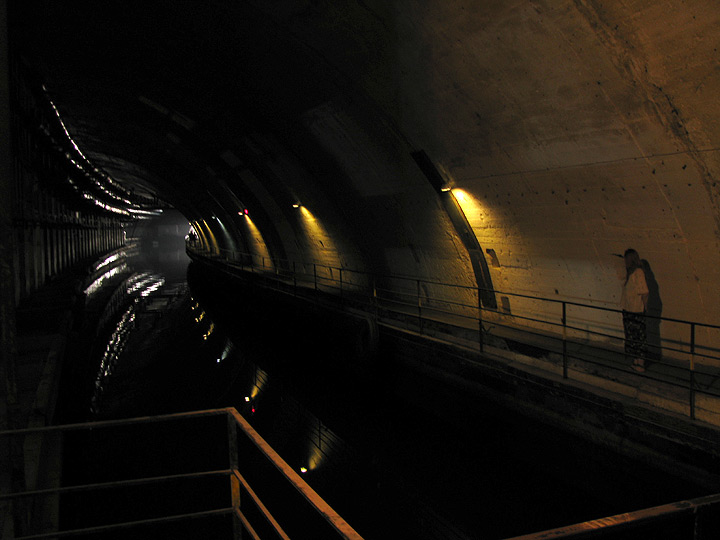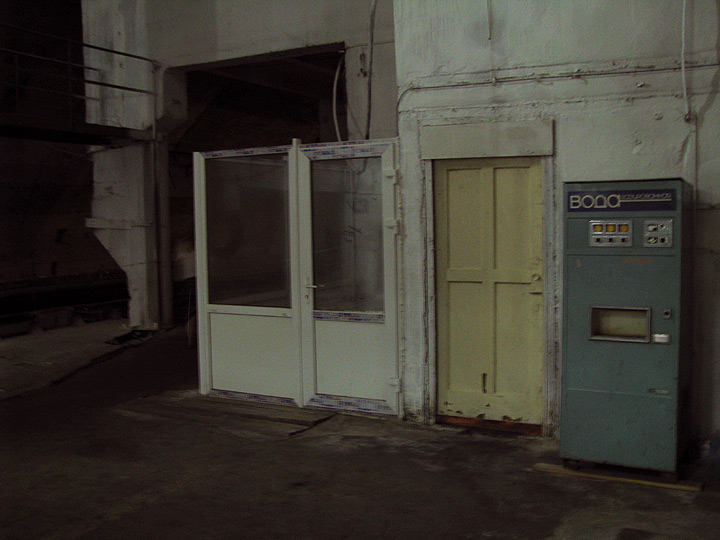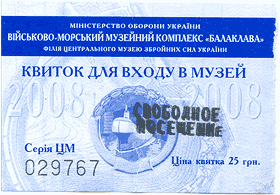We were visiting Simferopol, Sevastopol and Bakhchisaray, the latter of which without taking photos due to a full memory card.
We tried to diverge from the usual «board something and leave for the sea» scheme and went to see a place called Scythian Neapol, looking around us on the way there. The Neapol is near one end of the marshrutka bus route 101 — Tarabukina street. The Wikipedia said that these ruins were abandoned and not maintained. That fact turned out to be true. The lonely mausoleum of a king called Skilur was standing among untrimmed vegetation, stained with feces.
Private houses, dachas and garbage move closer and closer to this archaeological site.
The marshrutka route 101 had two hours between the buses. We did not want to wait for so long, so the Neapol received only ten minutes of our attention, after which we boarded the same marshrutka which brought us here.
A pretty good view of Simferopol opened up from this place. I did not take a photo of it, shame on me.
Marshrutka passengers in crimean cities were saying «make a stop» to the drivers when they needed to. «Make a stoppie on the intersection». Some people used a simplified formula that omitted the «stop» noun, implying it, i.e. «make it near the shop». Even less often the shorter form was used: «near the lantern, please» — same one as was common in Kyiv.
Park sculptures resembling the tolkienism were seen near one end of Pushkinska street. Death with a guitar, for example.
Some ponds near Salhyr river. This place is called «zelenka» (a colloquial name of solutio viridis nitentis spirituosa on the post-soviet lands) by the locals.
The checkerboard fountain was not working. The Salhyr river, a theatre and a music college are nearby.
Lots of people become nostalgic when seeing old trolleybuses like this Škoda 9TrH29, vehicle number 1776.
Later we boarded a random trolleybus and rode its full route both ways. It was route number 5.
I witnessed a strange phenomenon in Sevastopol. Marhshrutka drivers did not let people with tourist backpacks inside, aggressively. Yelling at them and pushing them out of doors. I saw a group of four people pushed away from the bus door despite only one person had a backpack among them. The locals are aware of such behaviour, and they also knew that there existed an invisible line after which backpacks were allowed. We were told by kind bystanders that we could take a trolleybus to a place inside that invisible line, and we avoided the idiotic confrontation. Well, it was a «when in Rome do as the Romans do» situation, I guess.
The city of Sevastopol seemed to have two centers. Center number one was the center. Center number two was the 5-th kilometer — it was on the fifth kilometer on the road to Balaklava, where there were lots of buses, marshrutkas, and a big bazaar. It was very often that we received the answer containing «First go the 5-th kilometer, then...» to our questions about directions to some places.
I did not take many photos. Here is an unofficial sign from a place called Maksymova dacha, with mistakes, which is funny to a russian-speaker. It reads «all kinds of activities related to pollution is prohibited» (plural-single error intentional). A good text for a white t-shirt!
A moment in life of the Yashmovy (Jasper) beach at the bottom of the beautiful cliffs of cape Fiolent. The rock with obscene words separated the nude beach from the usual one.
Getting to Chersonesus by meant of public transit was a quest. A case of «First, you get to the 5-th kilometer, then...» situation, it required catching a marshrutka number 22 on the 5-th kilometer. That bus departs once per 40 minutes. It is better not to wait, but take other buses which pass somewhat close to Chersonesus and walk a couple kilometers. Or, take a taxi if you are rich.
It was a strong breeze. There were waves,
And there were yellow-legged gulls.
The shore of Chersonesus is a local natural reserve.
The amphitheater was operational and had scheduled performances.
Getting back to town was an even harder quest, because the marshrutka 22 was overloaded over all factory weight limits. We went by feet again to board some trolleybus.
Ruins of a fortress, a cliche picture.
A ridiculous concrete beach on the side of the bay. Ridiculous because it was made of concrete, it was tiny, and it had a sign that prohibited swimming. Is there something left for this place to still have the right to be called a beach at all?
A lighthouse and the hole of the submarine base, reminding the shield of a triceratops.
A forgotten cinema behind a market of souvenirs. «Rodina» was a popular name given to cinemas in various cities and towns in the USSR.
Another cliche photo: view of the town from the fortress. There existed a myth abouth the grim building on the front, which stated that it was the place of training kamikaze dolphins. I do not know whether it is true or not.
A corridor of the submarine maintenance base.
The water was stated to be 8 meters deep.
An archaic (well, from the time of the USSR) soda water vending machine.
We spent two hours in this museum.
